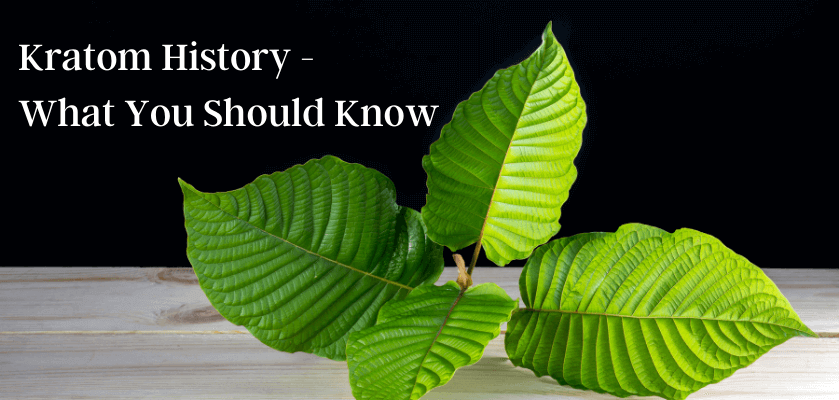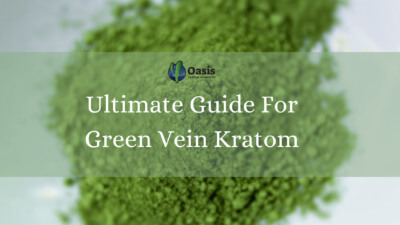Kratom is a mysterious herb that is sweeping the nation. It has been utilized for centuries in Asian culture and is relatively new to the western world. In this guide, we will discuss the kratom history so you can get a better understanding of this herb and where it came from.

Kratom History
Kratoms scientific name is Mitragyna Speciosa. It is related to the Rubiaceae family and can grow between 12 to 30 feet high. Kratom is a tropical tree that is native to Southeast Asia, the Philippines, and New Guinea.
Historically speaking, those who worked in the fields would often chew on kratom leaves. It was said to help with fatigue. However, there is no scientific proof that kratom offers support for fatigue.
When we go through the history of kratom you will notice that we will point out some things kratom was used for. We asked that you seek advice from your medical physician before trying kratom. Kratom is not intended to treat or cure any ailments. You should never start any new supplements without first confirming with your doctor that it is ok. They will know the medications you are on and what medical conditions you are being treated for. They are the only ones authorized to give you advice on kratom.
Kratom was used not only in religious practices but also in social settings. Kratom was first documented in the Dutch Colonial Era but is believed that it was utilized for thousands of years before it was documented.
It was given the name Mitragyna by the Dutch botanist Korthals. He gave it this name because the leaves and flowers mimicked the shape of the bishop’s mitre. However, there are other theories of where the name came from. Some believe it was from the Mithraic cults who would have utilized kratom for spiritual reasons.
Kratom is closely related to Uncaria, which is an herb known as Cat’s Claw. These two herbs share some of the same biological properties. Kratom will vary in the number of phytochemicals that it has. This makes it extremely hard to evaluate its pharmacological and toxicology, as each is unique. However, the main two components are the alkaloids mitragynine and 7-hydroxymitragynine. Other alkaloids found in kratom include speciogynine, paynantheine, and speciociliatine.
Kratom grows naturally in countries such as Thailand, Malaysia, and Indonesia. It produces large oval-shaped leaves that are dark green. Kratom trees will thrive in wet, humid climates. They do require rich soil that is fertile and also needs lots of sunlight. These plants will lose their leaves throughout the year and regrow them. The trees do produce a yellow flower that will contain hundreds of buds.
While kratom leaves were traditionally chewed or brewed into a tea, this is not the preferred method in the western world. Kratom is offered in powders, capsules, and extracts. Most users go for powder because it is the most economical choice.
Kratom is not grown in the United States because it needs to be in its native land to thrive. It is extremely hard to mimic the climate that is offered in Southeast Asia. Indonesia is the largest export of kratom in Asia. While kratom does grow in the wild, most farmers will grow their crops in a controlled environment. This allows them to control the quality of their products.
You can find thousands of kratom vendors online, but you have to be very careful who you buy from. Only work with vendors who are endorsed by the American Kratom Association. Since this industry is not regulated by the FDA, it is important to only deal with vendors who do follow industry standards. Those standards are only guaranteed by those vendors who are AKA registered.
Oasis Kratom
We hope this blog has helped you understand kratom history a bit more. This herb has been a vital part of the Asian culture and offers wellness support to its users. If you are looking for an AKA registered vendor to buy kratom from, we can help you out. We comply with all GMP regulations and conduct lab testing on our products. You will find a wide range of kratom powders, capsules, and extracts on our website. Let us know if you have any questions.




 7 Of The Best Places To Buy Kratom In Charlotte
7 Of The Best Places To Buy Kratom In Charlotte
 Here’re The 5 Best Shops To Buy Kratom In Anchorage
Here’re The 5 Best Shops To Buy Kratom In Anchorage


